I'm looking at the following two circuits:
circuit 1:
and circuit 2:
Both of these circuits are LC oscillators, the thing is that the first one, i.e the one with two inductors and one capacitor, converges nicely to a steady sine wave whereas the second circuit doesn't converge at all, it instead dies out after a few oscillations. This is what I don't understand too well... Both of the circuits run at the same frequency, have the same Q factor (I've added some internal resistance), same feedback mechanism..etc so it doesn't seem too obvious why only one them works.
I've even tried with different values of inductance and capacitance but end up with the same result, which is that only the circuit with the two inductors and one capacitor works.
So why does this happen? Why is it that the "configuration" on the first circuit works out fine as opposed to that of the second circuit?
Thanks
P.S: I've also tried changing the base resistor's value, but to no avail.


